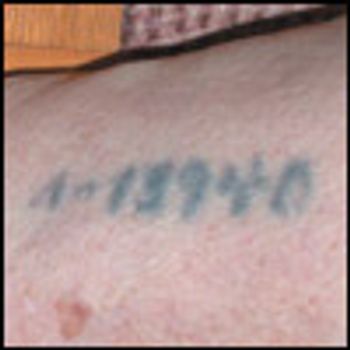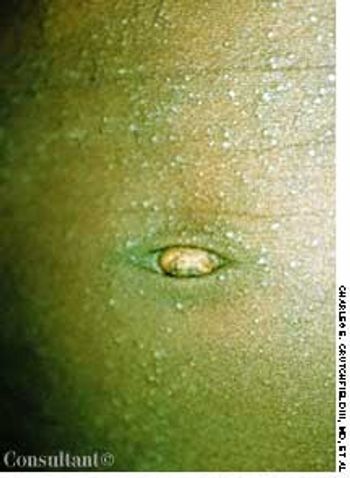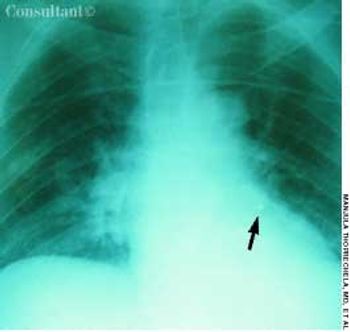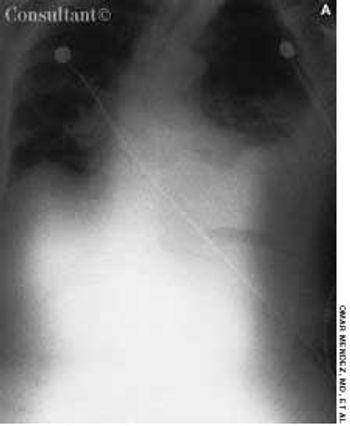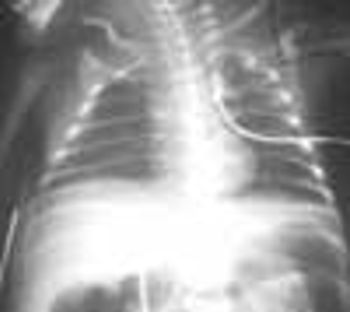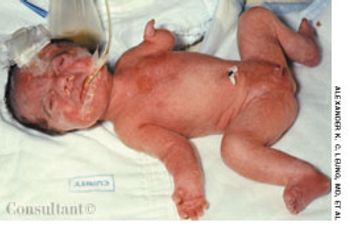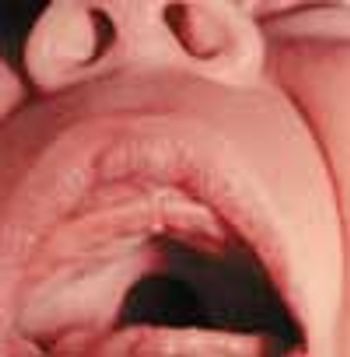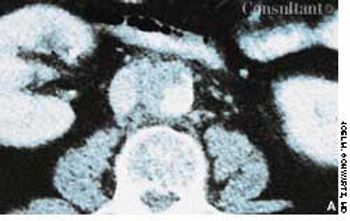
Abstract: Pulmonary function tests, such as the measurement of forced expiratory volume in 1 second (FEV1) and peak expiratory flow (PEF), provide an objective, standardized, and quantifiable method of patient assessment and can be essential in the evaluation of asthma. However, FEV1 and PEF are relatively insensitive for detecting changes in persons with good baseline pulmonary function, and they do not directly measure worsening airway inflammation. One way to deal with the shortcomings of these tests is to include multiple outcomes assessment. Evaluating patient-oriented variables, such as symptoms, need for rescue medication, nocturnal awakenings, and unscheduled medical care visits, can detect clinically relevant changes that pulmonary function tests do not identify. Composite outcomes provide a more comprehensive approach to patient follow-up. For example, a patient who is considered to be a "nonresponder" to a given therapy on the basis of pulmonary function criteria might, in fact, be responding favorably according to assessment of composite outcomes. Two patient-centric tools for measuring outcome are the asthma control questionnaire and the asthma control test.





























































































































































































































































































